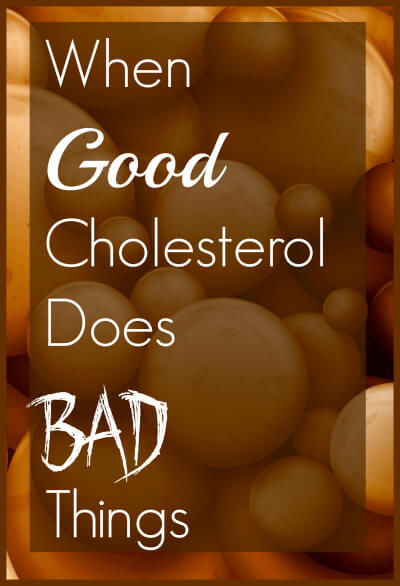
If you have not already read my prior post on cholesterol, “What is Cholesterol and Where Does it Come From,” I’d highly recommend going back to read that before trying to digest this post. This post will assume you understand what I said before.
Cholesterol moves to where it needs to go in our body via blood, but as you’ll remember, cholesterol is hydrophobic (it can’t dissolve in water), so it must hitch a ride on a special protein wrapped vessel. There are molecules called lipoproteins that transport cholesterol: this is the way cholesterol are moved around in our body. You’ll also probably recall from the last post these lipoproteins are continually changing composition and thus changing size.
There are two (main) types of lipoproteins:
- One type of particle is very dense, which is where we get the term “high density lipoproteins” (HDL), or so-called “good cholesterol.”
- A second type of particle is less dense, which is where we get the term “low density lipoproteins” (LDL). This has been called “bad cholesterol,” but as you may remember from a previous post, no cholesterol is actually “bad,” in itself.
Again, it’s very important to remember that these particles can carry a variable number of cholesterol molecules.
When the endothelium of a blood vessel (inner tube of the vessel that is just one cell thick) is penetrated by an LDL (less dense) particle, that is when we are at risk of heart disease. When the LDL particles penetrates the endothelium and stays there it causes an inflammatory response in the body. Your immune system kicks into high gear and sends a number of different types of cells (monocytes, macrophages, and mast cells) to attempt to remove the LDL particle from where it does not belong. When there are just a few LDL particles stuck, the immune system is often successful and is able to keep up with the bodies demands for repair. If there are too many, the cells sent from your immune system simply won’t be able to remove all of the LDL particles as they continue to accumulate. A complex immunological response ensues causing much inflammation and leading to the formation of plaque in the arteries.
The risk of an adverse coronary event is a numbers game. The more LDL particles you have the greater the chance this will happen. Particles can carry many molecules of cholesterol, so it’s not necessairly the number of molecules of cholesterol that matter. To reduce the chance of heart disease you must decrease the number of LDL particles.
Why is the standard lipid profile worthless?
When you go to the doctor’s office and have the standard lipid profile run they’re looking to see what the number of LDL particles in your blood are, right? Nope, that’s not what the “LDL” number you see listed on your lab work is at all.
On your traditional cholesterol panel you will likely see the following measurements. This is the lipid panel that almost all doctor’s offices run.
- Triglycerides
- Total Cholesterol
- HDL-C
- LDL-C (estimated)
LDL-C is a measurement, or typically an estimation, of the amount of cholesterol in the LDL particles. But, as was just noted, the risk of developing athlerosclerosis is not in how much cholesterol each LDL particle holds, but how many LDL particles are circulating in your blood stream.
Let’s assume two individuals have their cholesterol checked and their LDL-C is 130mg/dL. Though each individual has the same LDL-C level, they do not have the same risk for developing heart disease.
- Person A (on the left, below) has large particles which contain many molecules of cholesterol per particle.
- Person B (on the right, below) has more smaller particles with less cholesterol per particle than Person A.
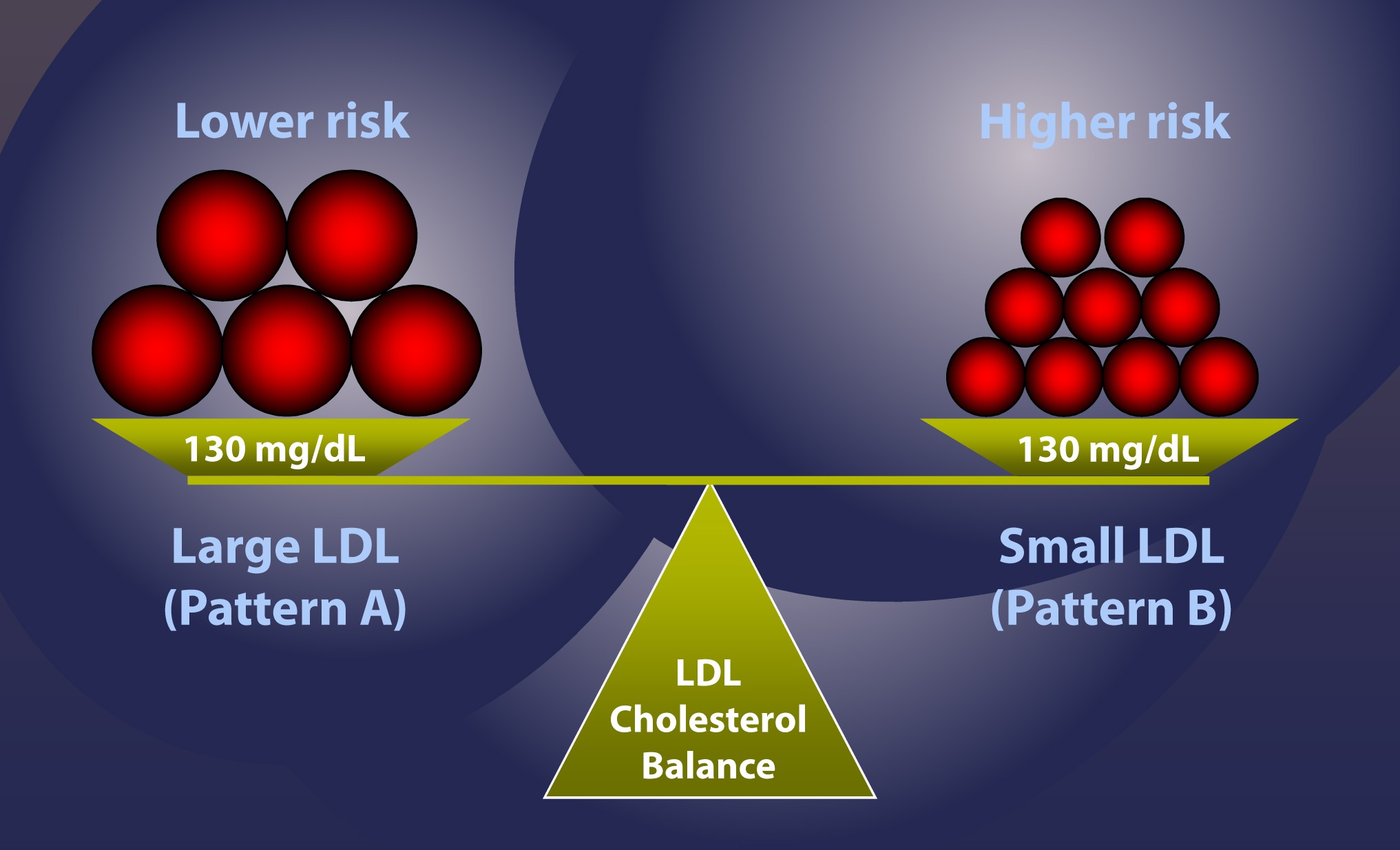
Person A is at less risk, not because of the particle size, but simply because there are fewer particles. Remember, the less LDL particles there are circulating in your blood stream the less chance that there is that one will nick your artery wall causing the cascade of events that we described previously. If you don’t know your particle number, you cannot know your risk!
LDL-P is what drives heart disease risk, not LDL-C
You can not infer the number of LDL particles (called LDL-P) from LDL-C. Studies have shown over and over that a high LDL-C does not correspond with having high LDL-P levels. Likewise, if your LDL-C comes back low, it’s not time to start celebrating. Many individuals with low LDL-C are at a high risk of having a cardiac event because they have a high LDL-P level.
A 2011 paper was published in the Journal of Clinical Lipidology1 regarding the utility of lipoprotein testing. Data from 4 groups were assessed for how their LDL-P and LDL-C correlated to their risk levels.
- Group 1. High LDL-P; low LDL-C (red line)
- Group 2. High LDL-P; high LDL-C (yellow line)
- Group 3. Low LDL-P; low LDL-C (black line)
- Group 4. Low LDL-P; high LDL-C (blue line)
The highest risk group was the group that had high LDL-P, but had low LDL-C. The lowest risk group was the group with low LDL-P, but high LDL-C. The results of the study found the opposite of how the majority of doctors would interpret the standard lipid profile run in your doctor’s office. This isn’t to say that if you have a high LDL-C that you are at low risk, but this is saying that LDL-C is at best a poor way to assess risk of atherosclerosis, and likely a completely worthless test.
A 2012 paper in the American Journal of Cardiology2 analyzed 2,000 patients with diabetes who had superb standard cholesterol numbers. Their LDL-C was less than 70 mg/dL which most practitioners consider to be a very low risk group (less than 5%) for cardiac events. Yet, according to their LDL-P, which is the real marker for risk, only 22% of this group fell into a very low (less than 5%) risk group as can be seen in the graph below.

In Summary
- Cholesterol molecules hitch rides around your body on lipoproteins.
- There are two types we are primarily interested in, high and low density lipoproteins, or HDL and LDL.
- When LDL particles nick the lining of your arteries and get lodged there it begins a cascade of immunological events.
- When the immune system can not keep up with the demand of repair, plaque forms in your arteries which eventually leads to athlersclerosis.
- The more LDL particles you have circulating in your body, the greater your risk.
- Standard cholesterol panels are inadequate at assessing your risk because they don’t give you any information about the number of LDL particles you have in your blood.
- So, the moral of the story? Don’t put stock into your standard lipid profile: it may cause you unnecessary worry or give you too great a feeling of security. Instead, request that your doctor run an NMR lipid profile which will give you a more complete picture of what is going on with cholesterol. In addition to all of the standard numbers, you’ll also learn what your LDL-P looks like.
Was that description clear as mud?

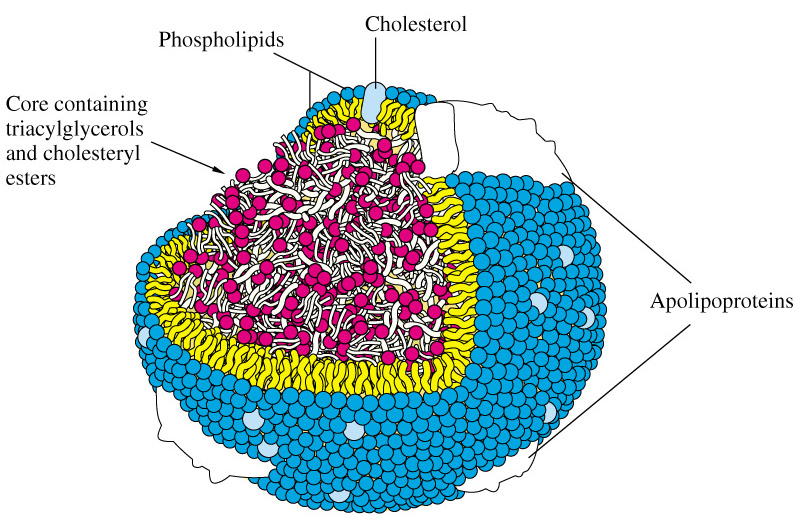

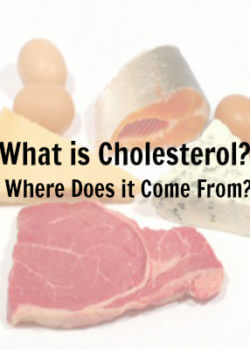
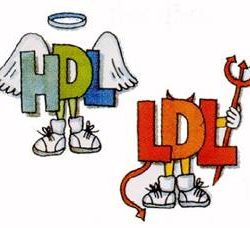
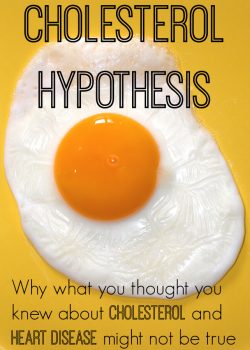
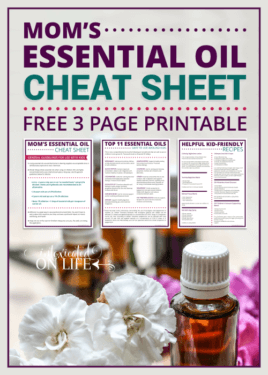





WOW. I think you did a great job explaining this, and it was clearer than mud. 🙂 Especially or someone like me who has the “high cholesterol”. At 27 I was diagnosed with High Cholesterol, however, no one ever explained it in such detail to me. I will certainly be asking my doctor about the NMR lipid profile the next time I see him. Also great to know for my husband who is diabetic. Thanks again!
You are welcome Razella. I’m glad it was understandable. The issue of cholesterol is SO much more complex than people make it out to be. Be sure to check out the other cholesterol posts, they really all go together to give you a more complete picture.
This was such an incredibly informative article, thanks for writing it. It is clear what you are conveying, however I don’t think I could articulate it to someone else! I did refer back as suggested to your previous article about cholesterol since I had not read it before, and I have to say there is one thing I have a different opinion about, and that is about diet not affecting your cholesterol levels. Just over a year ago, for many different reasons, I decided to be vegan. One benefit I realized would be my cholesterol should drop, and indeed just three months after eating plant-based, it went from 251 to 170. So I believe your diet has to have some impact.
Again thanks for a great post and I am glad I know what to ask my doctor for now.
Hi Erin,
Thanks for stopping by! You’re right, to say diet has NO impact on cholesterol is not true. But, the way diet impacts cholesterol is much different than what most people believe. They think —> I eat foods with cholesterol –> my cholesterol goes up. Right? Nope. The way food DOES impact cholesterol is when you’re eating highly inflammatory foods (sugar is a big one, trans fats, wheat, etc.). When you are eating things that are inflammatory, your body produces cholesterol in response to the inflammation. It’s trying to fight the inflammation! So, if you cut a lot of inflammatory foods out of your body, given a bit of time, I’d expect cholesterol levels to drop.
Does that make sense?
It really does! Thanks for these explanations, it is all making more sense now.
Trisha,
What an excellent post! The information you presented is consistent with new data that relates high LDL cholesterol to high glycemic, highly processed, grain-based diets. Originally saturated fats were vilified by lumping them with trans fats, and now both omega 3 and monounsaturated fatty acids (MUFAs) are promoted for health. The explanation about inflammation
and cholesterol particle size is also very helpful. Thank you for the diagrams, which help to clarify these differeces. Do you think that inflammatory foods alter cholesterol by affecting the thyroid
gland?